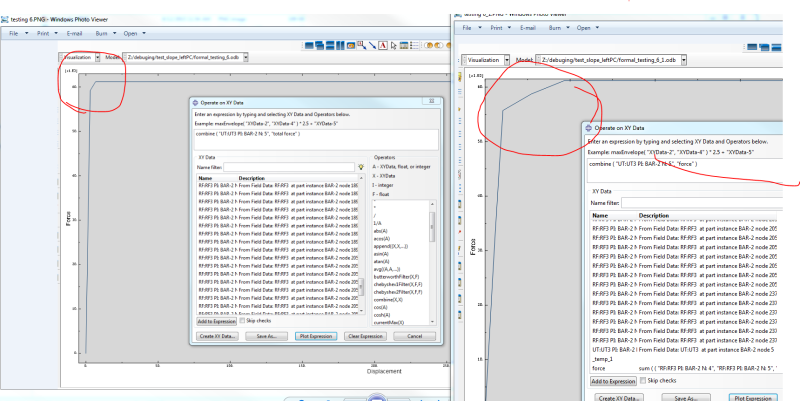KyleSong
Civil/Environmental
- Sep 18, 2015
- 28
Hi all friends here:
I am a new researcher and employ ABAQUS to analyse steel bar buckling through Riks algorithm, and concerning the stopping criteria, I want to ask a question. Since when we edit "step", we can specify as much as three stopping criterion: Maximum load proportionality factor, Maximum displacement, and the maximum number of increments. But, since we can also define a displacement along certain direction when we impose displacement control to the model, I want to know whether the displacement I defined is another stopping criteria of Riks? If not, what is the significance of defining a displacement?
Best Regards,
Kyle
I am a new researcher and employ ABAQUS to analyse steel bar buckling through Riks algorithm, and concerning the stopping criteria, I want to ask a question. Since when we edit "step", we can specify as much as three stopping criterion: Maximum load proportionality factor, Maximum displacement, and the maximum number of increments. But, since we can also define a displacement along certain direction when we impose displacement control to the model, I want to know whether the displacement I defined is another stopping criteria of Riks? If not, what is the significance of defining a displacement?
Best Regards,
Kyle

